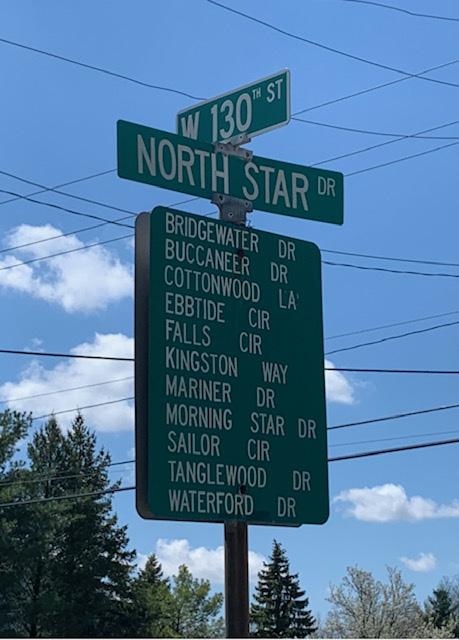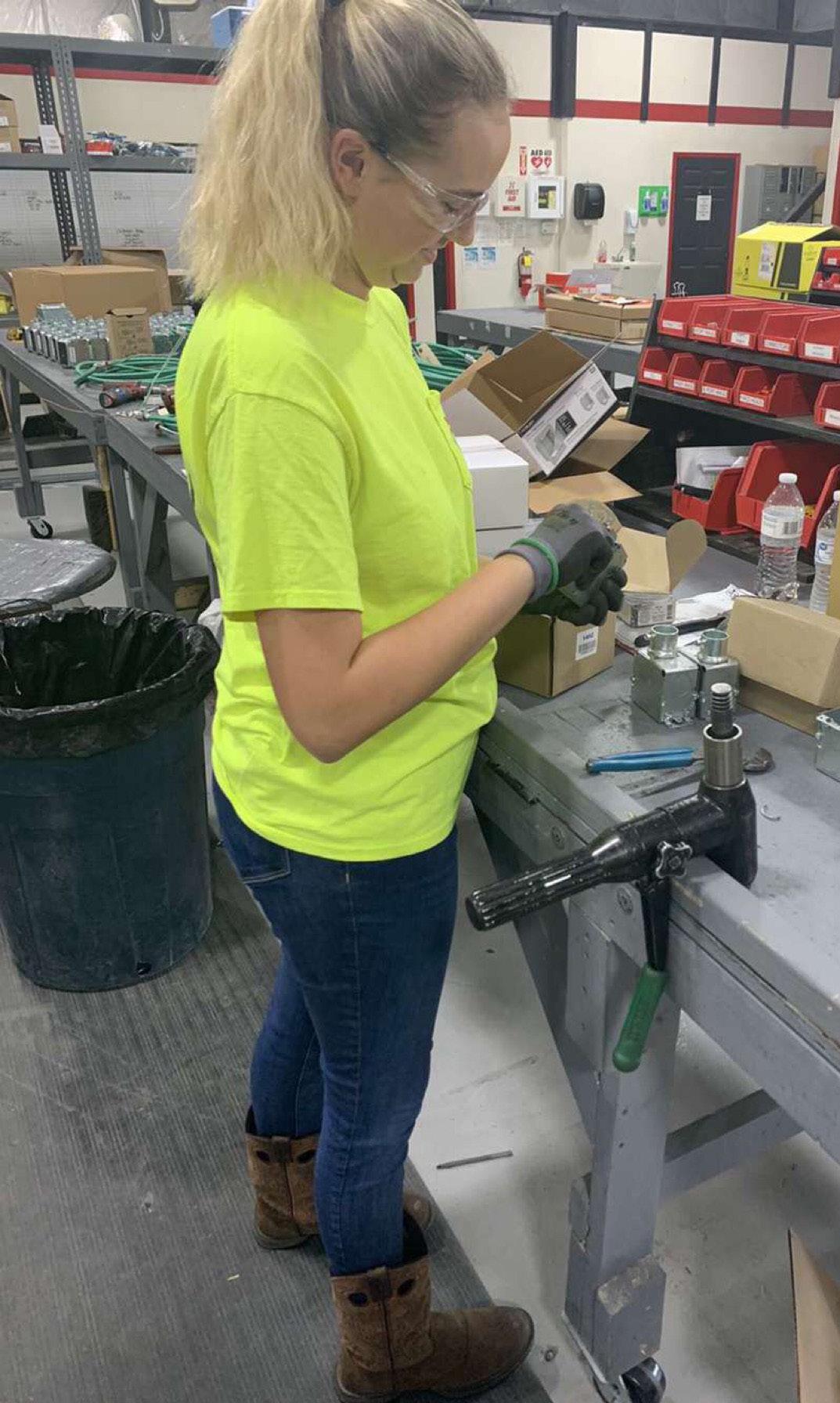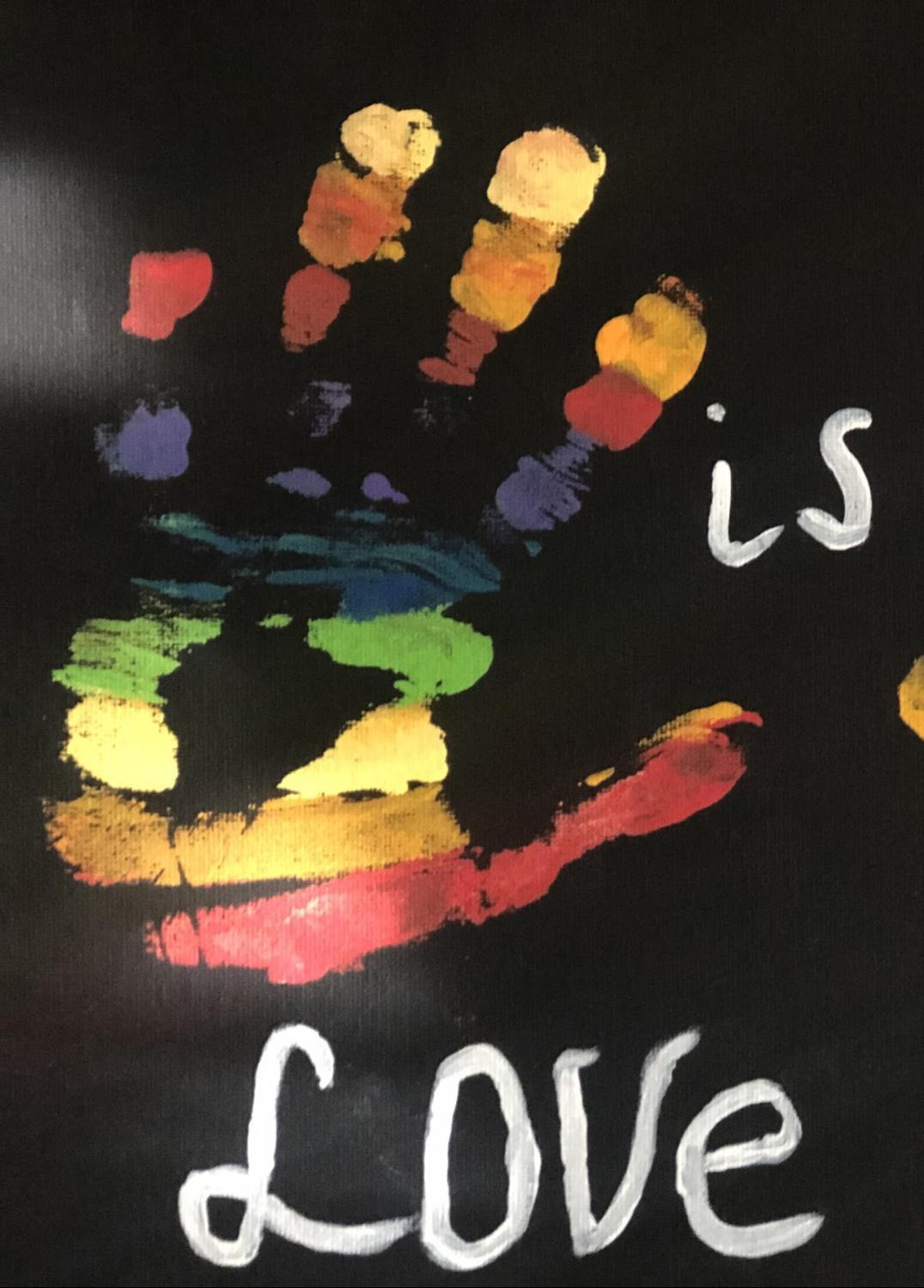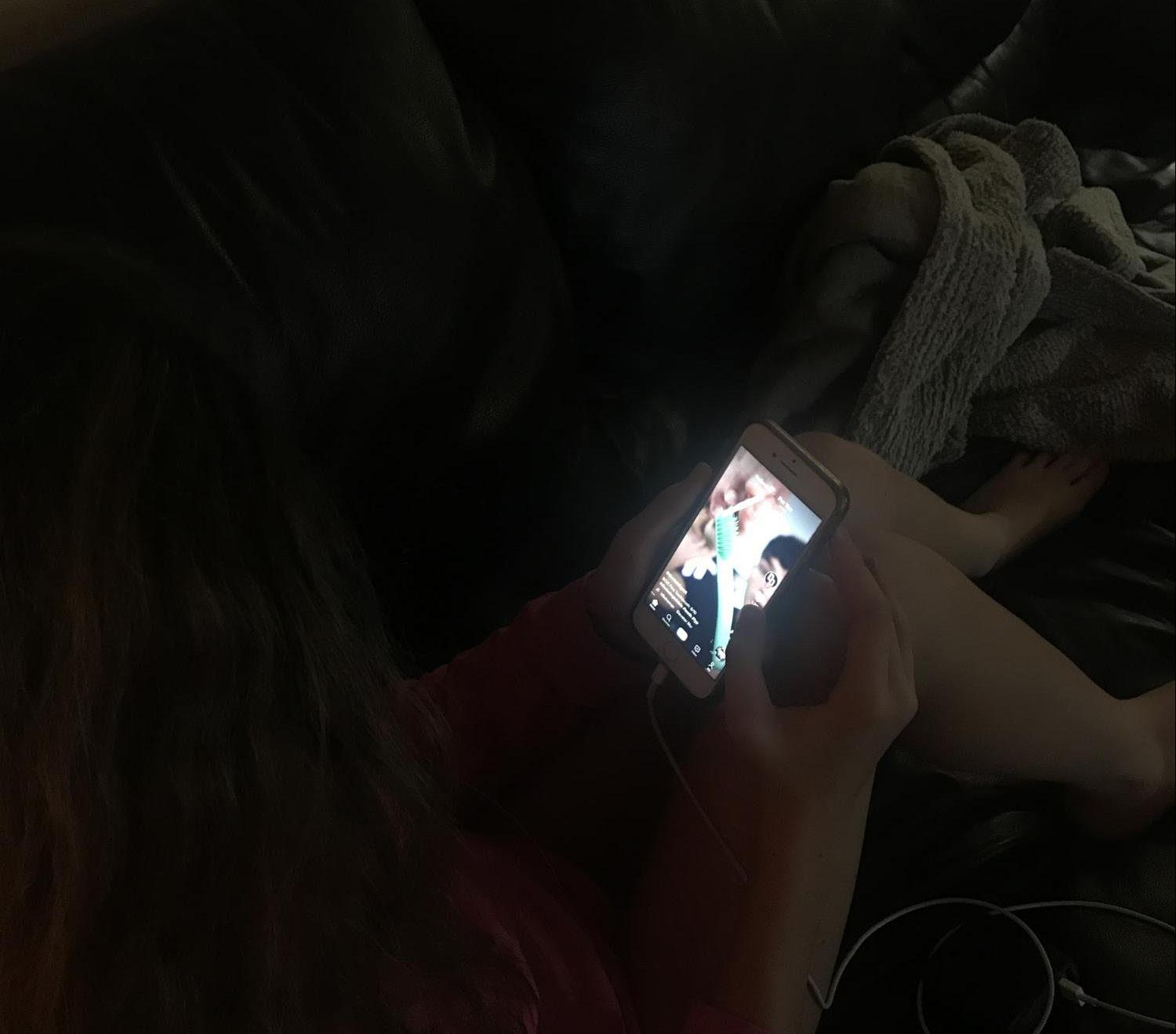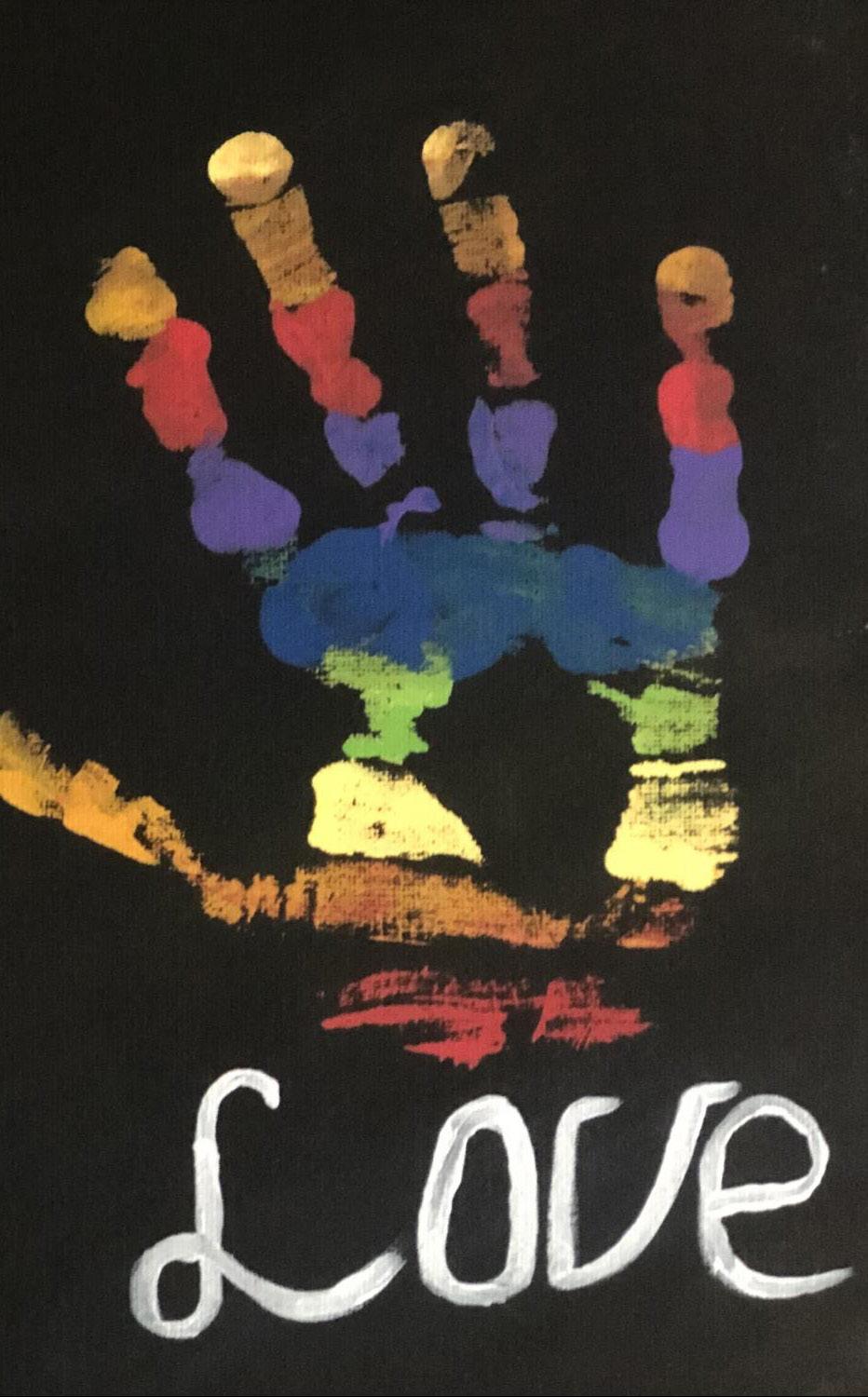
4 minute read
OPINION: ENDING RACISM IN THE BURBS
OPINION: The Bottom Line of Redlining: Activists Call for Reform, not Abolishing Suburbs
By: Jaret Gold
Cleveland is a city of suburbs. Our own suburb, North Royalton, has a reputation for peaceful neighborhoods, clean streets, excellent schools and general lack of crime, which has made it a desirable location for families to live. However, if you listen to the news, it can seem like the suburbs are under attack. Many prominent Republican lawmakers have accused progressive activists of trying to “abolish the suburbs.” This might seem frightening to many in North Royalton and suburbs across the nation; I myself was concerned about whether the attacks had any merit. However, the allegations are highly misleading. Calls for “abolition” refer not to the suburbs themselves, but to undo the effects of racist redlining laws from decades ago. The suburbs are not under attack, but the problem of redlining is a real issue and must be addressed.
In order to understand redlining, one must know a little about the history of suburbs. Suburban areas around cities really began to develop in the 1940s and ‘50s. Fueled by a rapidly growing population as war vets returned home to start families, as well as rampant consumerism that defined the era, people flocked in the millions from the crowded cities to The above map of Cuyahoga County from 1940 shows redlining in action. the newly-developed countryside. Fif- The red zones received the least amount of aid and home loans for buyers, ty years ago, North Royalton was still while the blue zones received the most, through the now illegal practice. Predictably, the red area was mostly made up of majority African Americonsidered a country town. Today, it is can neighborhoods. According to a study done by Case Western Reserve a city with a growing population. This University, there is a strong correlation between poverty and levels of crime growth is evident here in Royalton: today with racist zoning from 80 years ago. The study found that the areas it was in 1956 when the high school that received the least amount of aid are the same areas with the highest amount of poverty and violent crimes. Dr. According to Ronnie Dunn, a was transferred to its current location Cleveland State University professor, “If you were to graphically map and and greatly expanded as the popula- overlay those various socioeconomic indicators, they would pretty much tion of kids grew too large. However, parallel those areas where blacks were redlined and racially segregated.” the expansion of the suburbs was also (credit: Ohio State University Library)
marred and shaped by racism.
The nation’s very first suburb, Levittown, New Jersey, was founded on a charter that specifically prohibited non-whites. An excerpt from the charter reads, “The tenant agrees not to permit the premises to be used or occupied by any other persons than members of the Caucasian race.” And this wasn’t just some lone occurence of discrimination; these laws were embedded into the founding of suburbs across America, including those around Cleveland.
Before the Civil Rights Movement outlawed overt racial discrimination, realtors and local government officials still tried to dissuade African Americans and other minorities from moving into the suburbs by raising house prices and making mortgages hard to get. The association of minorities with lawlessness and crime has allowed people to continue racist policies in the name of “law and order.” This association is unfair, and untrue. According to the 2016 national FBI crime study, crime rates have more to do with income level and education rather than race. The study found that a poor The southwestern corner of Royalton white high school dropout is just as likely to commit a violent has developed rapidly since the area was crime as a poor black high school dropout. By keeping poorer suburbanized in the 1980s. minority blocks in a constant cycle of poverty, it maintains the status quo, preventing them from moving to safer, better served suburbs.
North Royalton City Council President Paul Marnecheck agrees that we need to make neighborhoods open to everyone. He thinks that the government should “make sure the playing field is level and that everyone has the same access to opportunities.” He also lauded the progress our city has already made. “We have several first-generation immigrants to North Royalton mixed in with families who can trace their North Royalton lineage back generations,” Marnecheck said, regarding the city’s influx of migrants, including a large number of Eastern Europeans. As North Royalton only began suburbanizing in the 1980s, long after racist zoning had been deemed unconstitutional, our city does not have the same redlining issues that plague inner Cleveland. However, the economic result of redlining has contributed to North Royalton being more than 93 percent white, according to Data USA, which is significantly higher than Ohio’s 81 percent. Even if it isn’t institutionalized in our city, North Royalton is still affected by redlining.
We should feel good that our suburb, North Royalton, is such a great place to live and raise a family. However, we must also acknowledge that, in the past, racist zoning and redlining have left an ugly mark on not just this community, but cities and towns across America. No one wants to see the suburbs demolished. But many people are pushing to see them more integrated, and I think that is something all of us should want. Redlining is a real problem, and its effects are seen in cities across America. Hopefully, we can come together and make sure that the suburbs can be enjoyed by Americans of all backgrounds.
